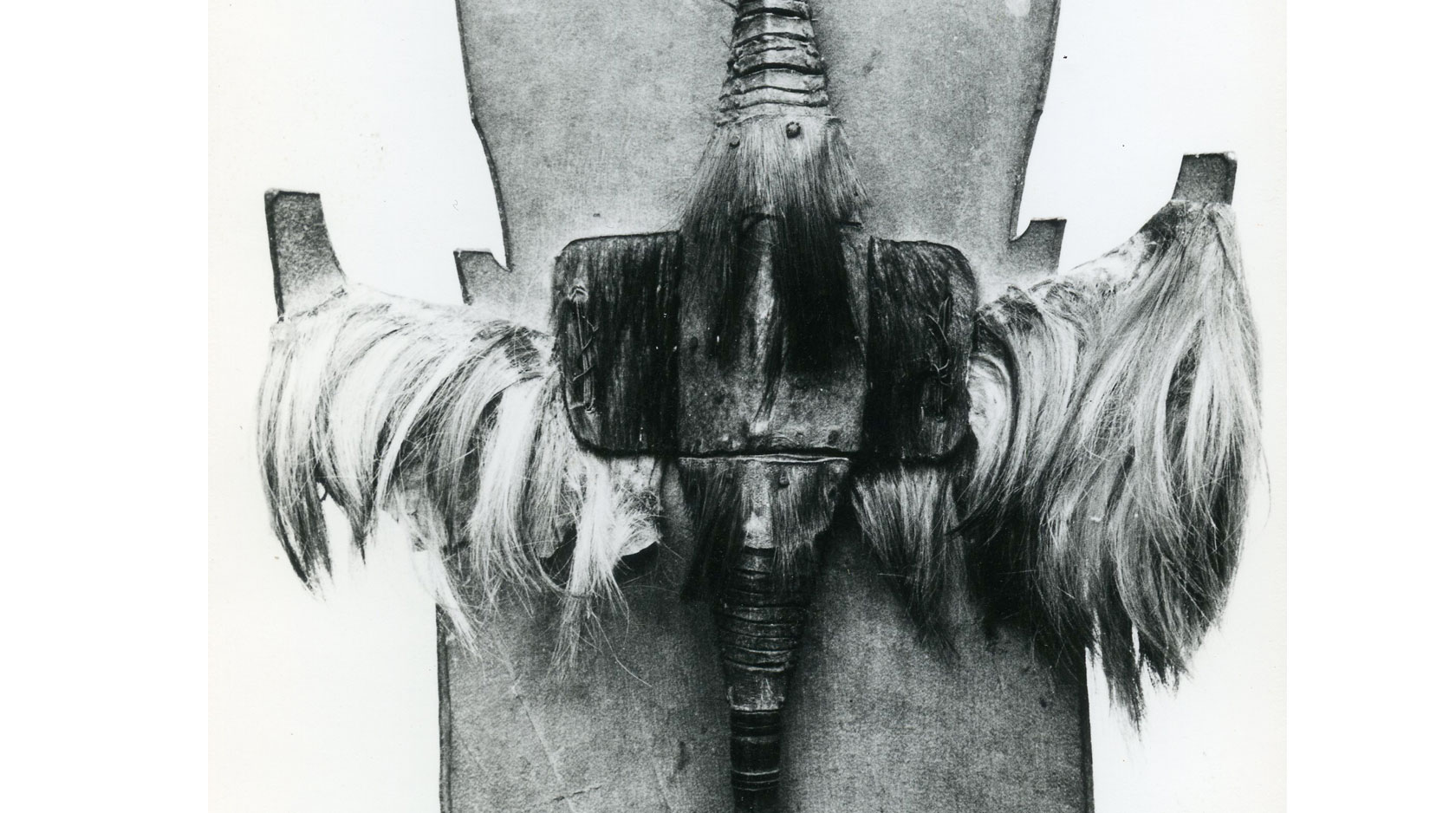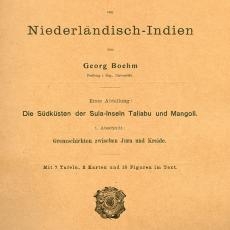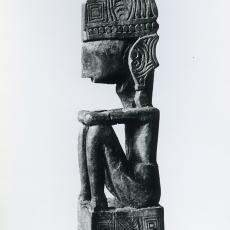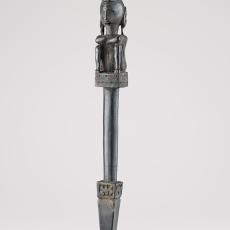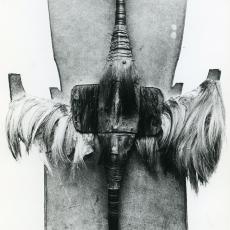Insights into the History of the Collection
Prof. Dr. Georg Boehm
21.12.1854 – 18.3.1913
The geologist and palaeontologist Georg Boehm, born in Frankfurt an der Oder, studied in Berlin, Strasbourg and Göttingen. After receiving his doctorate in 1877, he became a research assistant at the University of Munich. He also completed his military service here in Prince Luitpold’s artillery regiment. Boehm undertook his post-doctoral (habilitation) in Freiburg in 1885 and he was appointed to a full honorary professorship in 1902. His connection to the museum probably stems from his collaboration with Gustav Steinmann, who was a founder member of the Commission zur Gründung eines Städtischen Museums für Natur- und Völkerkunde (Commission for the Establishment of a Municipal Museum of Natural History and Ethnology). Boehm was also active in the Großherzogliche Badische Geologieanstalt (Grand Ducal Geological Institute Baden). As well as his academic achievements, he was likewise commended for his military service, receiving the Order of the Zähringer Lion, Knight First Class and the Officer's Cross of the Order of Orange-Nassau, among other honours. In addition, Boehm was also a member of the German Fleet Association and was also involved in the Naturforschenden Gesellschaft Freiburg (Nature Research Society Freiburg). Up until his death, Boehm had been engaged in the scientific evaluation of his research expeditions.
Boehm's Travels
Georg Boehm came from a wealthy family, which enabled him to undertake numerous research expeditions. He brought back extensive natural history collections from his excursions, which he made available to the Institute of Geology and Palaeontology at the University of Freiburg as teaching aids. After his death, they became the property of the university.
His geological studies took Boehm to France, England, Sicily and Spain and, from 1897, to Turkestan. In 1899, he embarked on a major research expedition lasting three years on which he visited Egypt, Dutch India (present-day Indonesia), Australia, New Zealand, the USA and Hawaii. He collected geological natural specimens as well as ethnological objects in Indonesia and on the Solomon Islands and Gazelle Peninsula, which he brought back to Freiburg for research purposes.
Boehm Donation
Georg Boehm was included on the roll of honour in 1901 as a donor. Between 1901 and 1909, Boehm donated over 300 ethnological objects from Asia and Oceania, as well as numerous natural history specimens to the museum. Initially, Boehm provided many of the ethnological objects on a permanent loan basis. It was not until 1992 that they would find a permanent home in the Ethnological Collection courtesy of one of his heirs.
The natural history collection Boehm left to the museum includes the skull of a deer and twenty-eight bird skins from the Indonesian Aru Islands, a collection of bird bones from New Zealand and shells and bird skins from New Guinea.
A large part of Boehm's private library – predominantly geological reference books relating to the place he visited across the world – now forms part of the Natural History Library of the Museum Natur und Mensch (Museum of Nature and Man).

